1934 ROLLS-ROYCE PHANTOM II CONTINENTAL DROPHEAD SEDANCA COUPE COACHWORK BY H. J. MULLINER Chassis No. 27-TA Engine No. VS-95 Gun metal grey with red leather interior Engine: six cylinder in-line, 7,668cc, 130bhp at 3,100rpm; Gearbox: four speed manual, synchromesh on 3rd and 4th; Suspension: solid axle, semi-elliptic leaf springs front and rear; Brakes: four wheel drum, mechanical servo. Right hand drive. The Rolls-Royce Phantom II is considered by many authorities of pre-war Rolls-Royces to be one of the best models the manufacturer ever built. It had the classic lines that said 'luxury' and 'performance' all in one. The Phantom II was made from 1929 to 1935, during which time some 1,767 were produced. It was the last of the Big Six models and is considered the finest achievement of the master, Sir F. H. Royce. The engine actually grew out of the six cylinder used in the Phantom I, but was improved with an aluminum cylinder head and revised manifolding. In the Phantom II, the cantilever springs of the Phantom I were replaced by supple half-elliptic rear springs. The chassis was lower and so in turn was the center of gravity; weight was reduced and the steering much improved. The Phantom II also boasted centralized chassis lubrication and twin ignition systems (one by coil & battery, the other by magneto, firing six plugs each). At the end of 1932 a new improved gearbox was introduced. In 1931 the sporting version of the Phantom II arrived, the Continental, and was to become one of the motoring legends of the thirties. Based on the short 144 inch chassis and with a 5.25:1 compression and a higher axle ratio, a genuine 100mph was possible. It was very much for the owner/driver who considered himself an enthusiast. The majestic Rolls-Royce radiator and low drivetrain provided a superb platform for elegant coachwork and inspired some of the best proportioned and beautiful designs of the era. This example, chassis 27-TA, carries elegant Sedanca Coupe coachwork by H. J. Mulliner on the Continental chassis. According to the factory records, it was despatched in late 1934 to a Mr. Clifford Whitley in Regents Park, London. Special features included vertical louvres on the bonnet and aluminum molding to the rear. Mr. Whitley sold the car to Sir Harold Moore in 1938 who in turn kept it until 1952, when it was bought by Mr. H. Peat in Hertfordshire, England. Mr. Fuller subsequently purchased the Phantom in 1963 and it has therefore been in its present family ownership for the past 36 years. There is an original photograph of the Rolls-Royce on page 241 of The Phantom II by Raymond Gentle. The car was sympathetically restored some years ago and now has mellowed with attractive gun metal grey paintwork and red leather interior. Externally it does show some signs of age now with a few areas requiring attention. The interior is in comfortable order, the seat cushion tops having been redone recently. A new roof was also recently fitted and this fits and folds correctly and neatly. Indeed, the folding roof system is well executed and typical of the attention to detail incorporated by H. J. Mulliner. The woodwork has fine silver inlay, there is a radio, heater and almost full complement of tools in the trunk. Other attractive features include the fabulous P100 headlamps, twin side-mounted spares and twin front-mounted horns. The car has not been driven too recently and therefore we would recommend some careful recommissioning. Just 280 Phantom II Continentals were built, thereby instantly ensuring they remain both rare and desireable. This example is extremely attractive and captures all the elegance of the thirties; it also has the added benefit of coachwork by H. J. Mulliner, one of the most respected of the coachbuilders (and the car is arguably better built than its Gurney Nutting contemporary). With the benefit of its Sedanca Coupe coachwork and excellent provenance, it will surely make a fine addition to any motoring stable.
1934 ROLLS-ROYCE PHANTOM II CONTINENTAL DROPHEAD SEDANCA COUPE COACHWORK BY H. J. MULLINER Chassis No. 27-TA Engine No. VS-95 Gun metal grey with red leather interior Engine: six cylinder in-line, 7,668cc, 130bhp at 3,100rpm; Gearbox: four speed manual, synchromesh on 3rd and 4th; Suspension: solid axle, semi-elliptic leaf springs front and rear; Brakes: four wheel drum, mechanical servo. Right hand drive. The Rolls-Royce Phantom II is considered by many authorities of pre-war Rolls-Royces to be one of the best models the manufacturer ever built. It had the classic lines that said 'luxury' and 'performance' all in one. The Phantom II was made from 1929 to 1935, during which time some 1,767 were produced. It was the last of the Big Six models and is considered the finest achievement of the master, Sir F. H. Royce. The engine actually grew out of the six cylinder used in the Phantom I, but was improved with an aluminum cylinder head and revised manifolding. In the Phantom II, the cantilever springs of the Phantom I were replaced by supple half-elliptic rear springs. The chassis was lower and so in turn was the center of gravity; weight was reduced and the steering much improved. The Phantom II also boasted centralized chassis lubrication and twin ignition systems (one by coil & battery, the other by magneto, firing six plugs each). At the end of 1932 a new improved gearbox was introduced. In 1931 the sporting version of the Phantom II arrived, the Continental, and was to become one of the motoring legends of the thirties. Based on the short 144 inch chassis and with a 5.25:1 compression and a higher axle ratio, a genuine 100mph was possible. It was very much for the owner/driver who considered himself an enthusiast. The majestic Rolls-Royce radiator and low drivetrain provided a superb platform for elegant coachwork and inspired some of the best proportioned and beautiful designs of the era. This example, chassis 27-TA, carries elegant Sedanca Coupe coachwork by H. J. Mulliner on the Continental chassis. According to the factory records, it was despatched in late 1934 to a Mr. Clifford Whitley in Regents Park, London. Special features included vertical louvres on the bonnet and aluminum molding to the rear. Mr. Whitley sold the car to Sir Harold Moore in 1938 who in turn kept it until 1952, when it was bought by Mr. H. Peat in Hertfordshire, England. Mr. Fuller subsequently purchased the Phantom in 1963 and it has therefore been in its present family ownership for the past 36 years. There is an original photograph of the Rolls-Royce on page 241 of The Phantom II by Raymond Gentle. The car was sympathetically restored some years ago and now has mellowed with attractive gun metal grey paintwork and red leather interior. Externally it does show some signs of age now with a few areas requiring attention. The interior is in comfortable order, the seat cushion tops having been redone recently. A new roof was also recently fitted and this fits and folds correctly and neatly. Indeed, the folding roof system is well executed and typical of the attention to detail incorporated by H. J. Mulliner. The woodwork has fine silver inlay, there is a radio, heater and almost full complement of tools in the trunk. Other attractive features include the fabulous P100 headlamps, twin side-mounted spares and twin front-mounted horns. The car has not been driven too recently and therefore we would recommend some careful recommissioning. Just 280 Phantom II Continentals were built, thereby instantly ensuring they remain both rare and desireable. This example is extremely attractive and captures all the elegance of the thirties; it also has the added benefit of coachwork by H. J. Mulliner, one of the most respected of the coachbuilders (and the car is arguably better built than its Gurney Nutting contemporary). With the benefit of its Sedanca Coupe coachwork and excellent provenance, it will surely make a fine addition to any motoring stable.
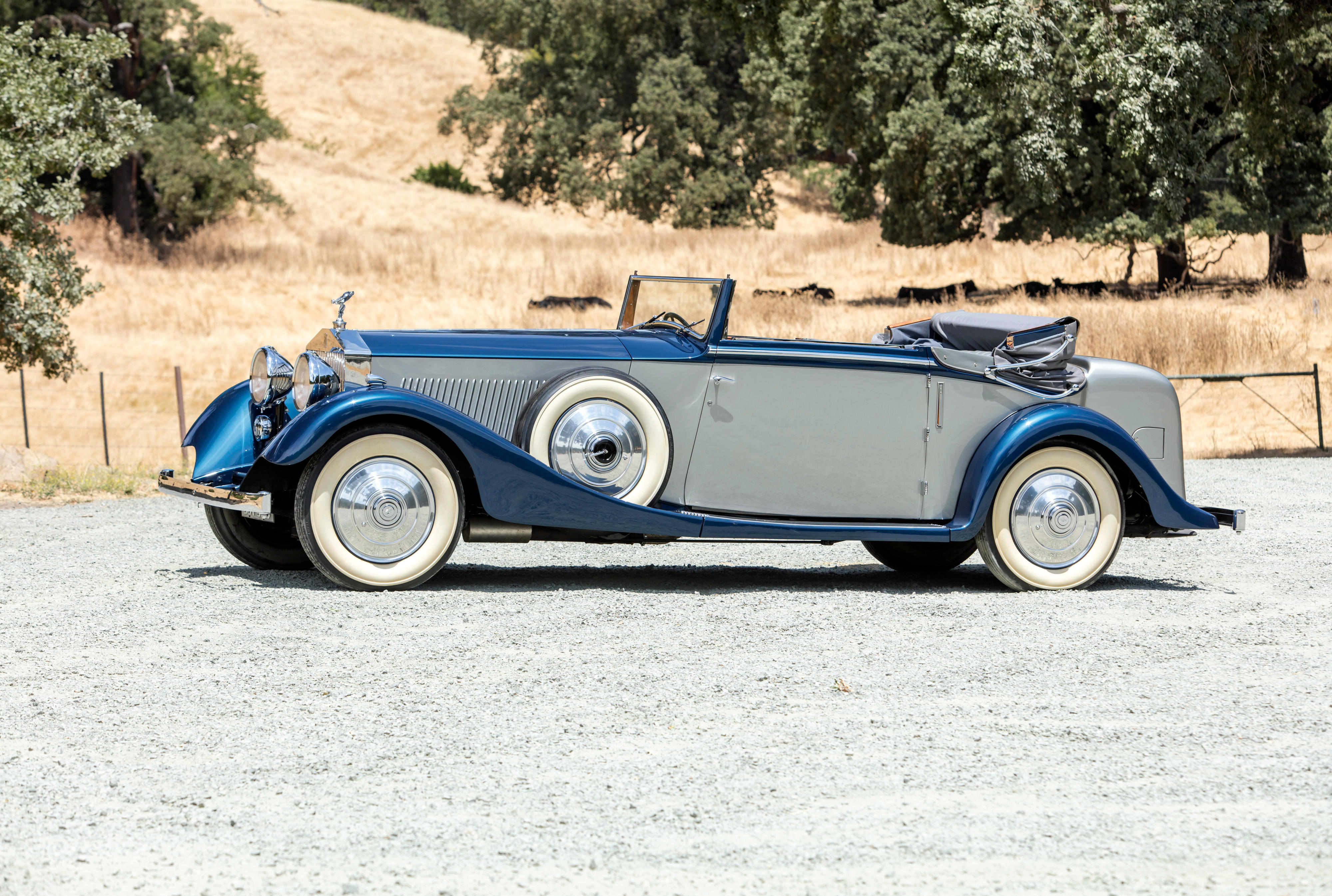


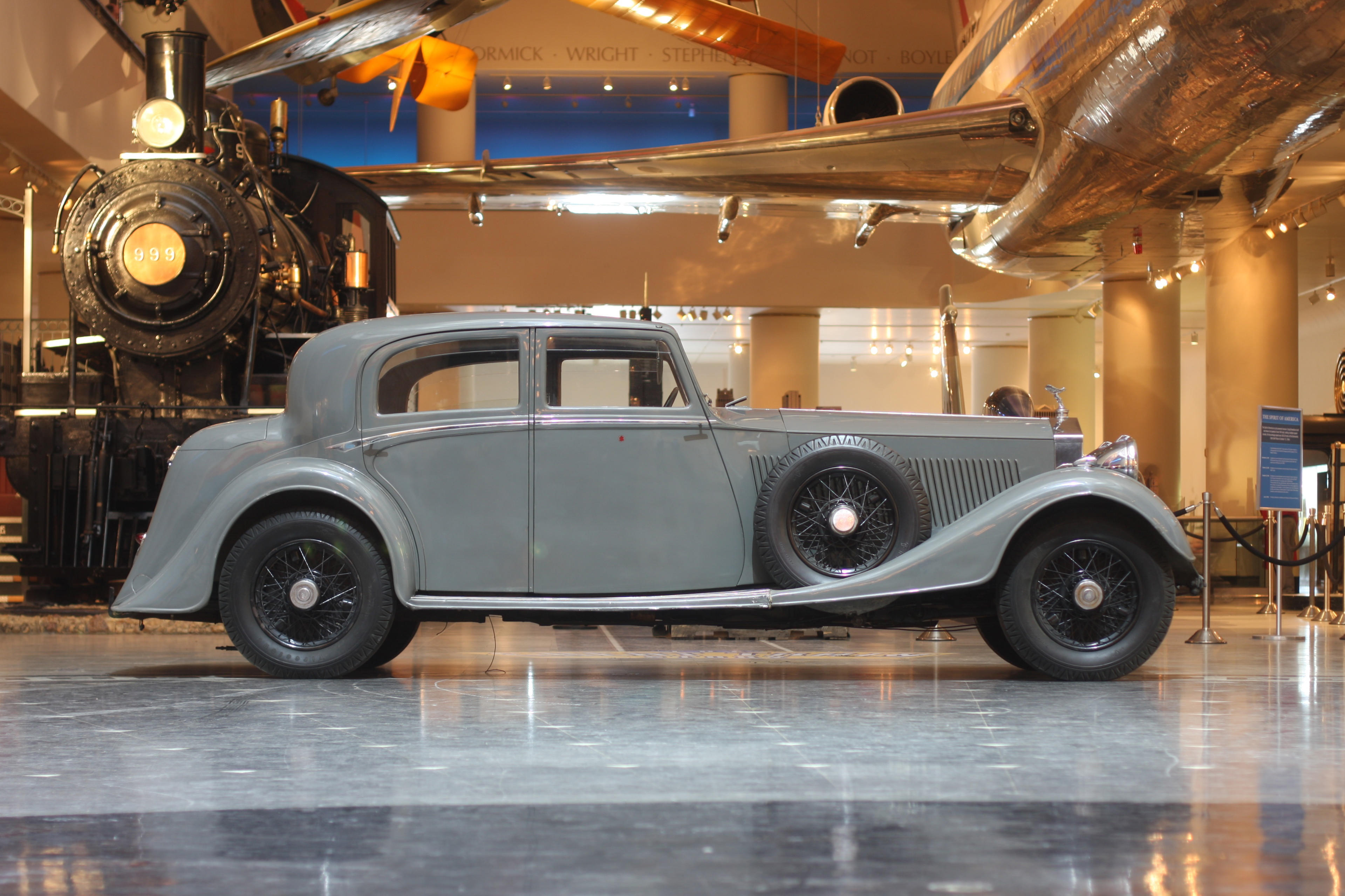


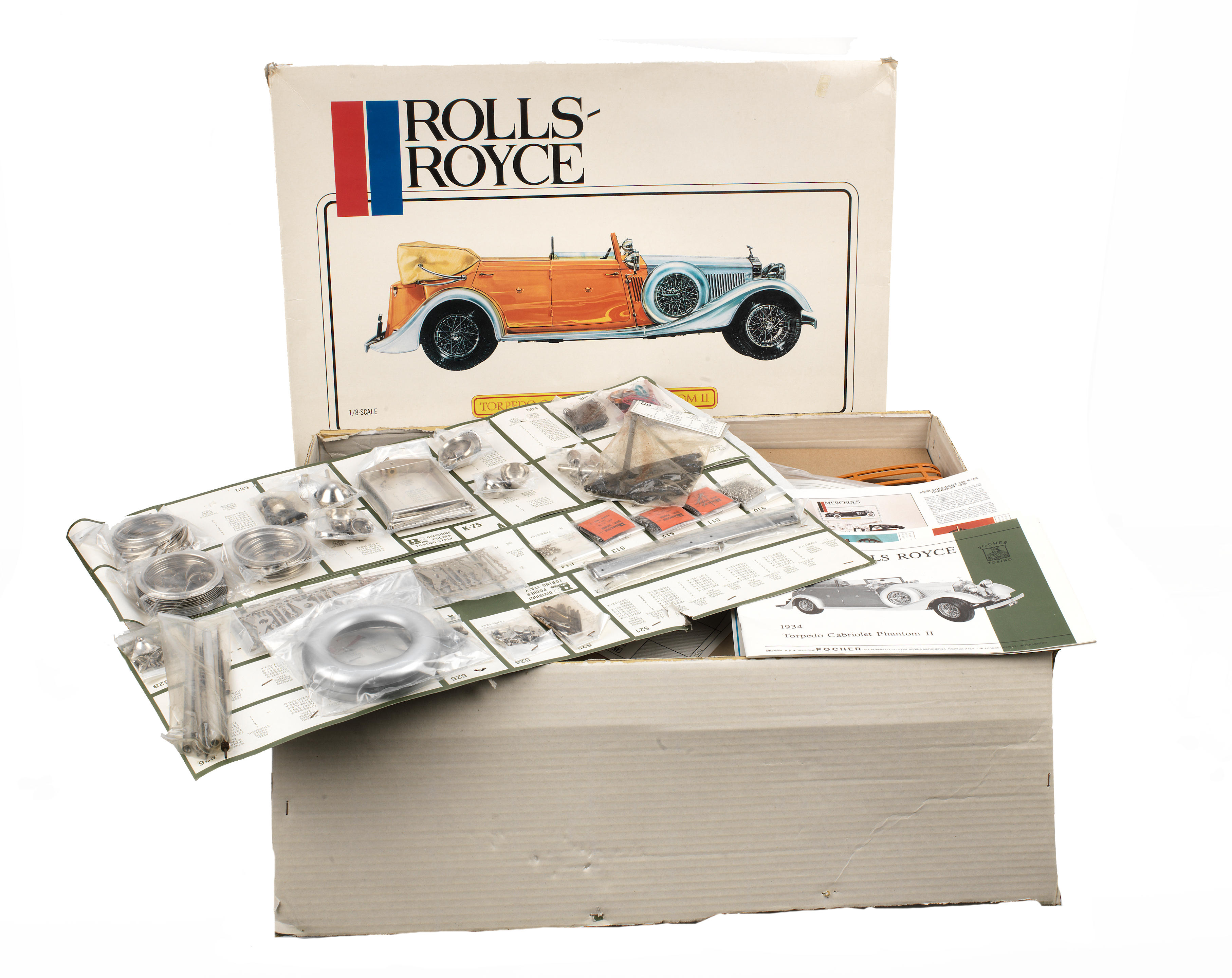
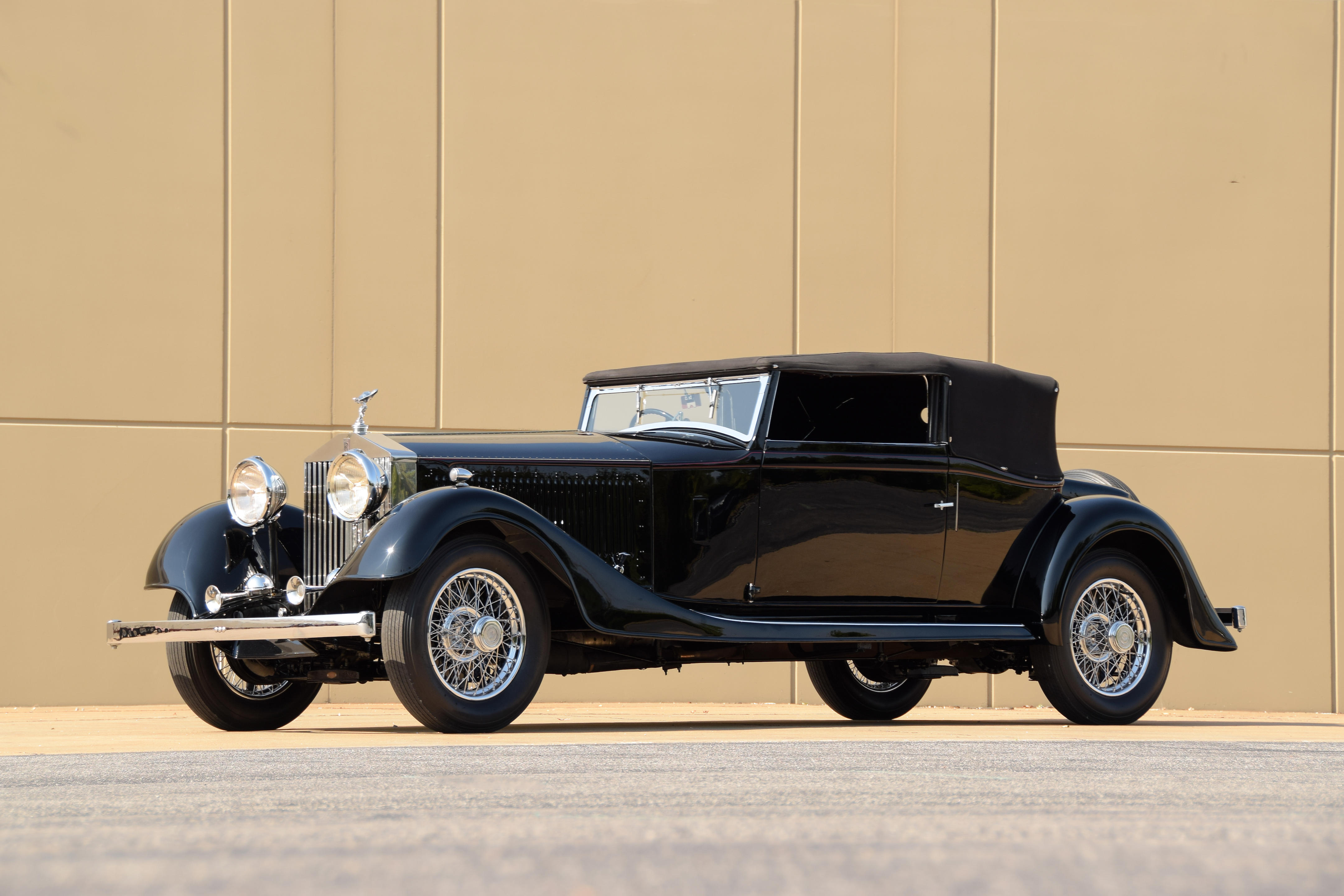
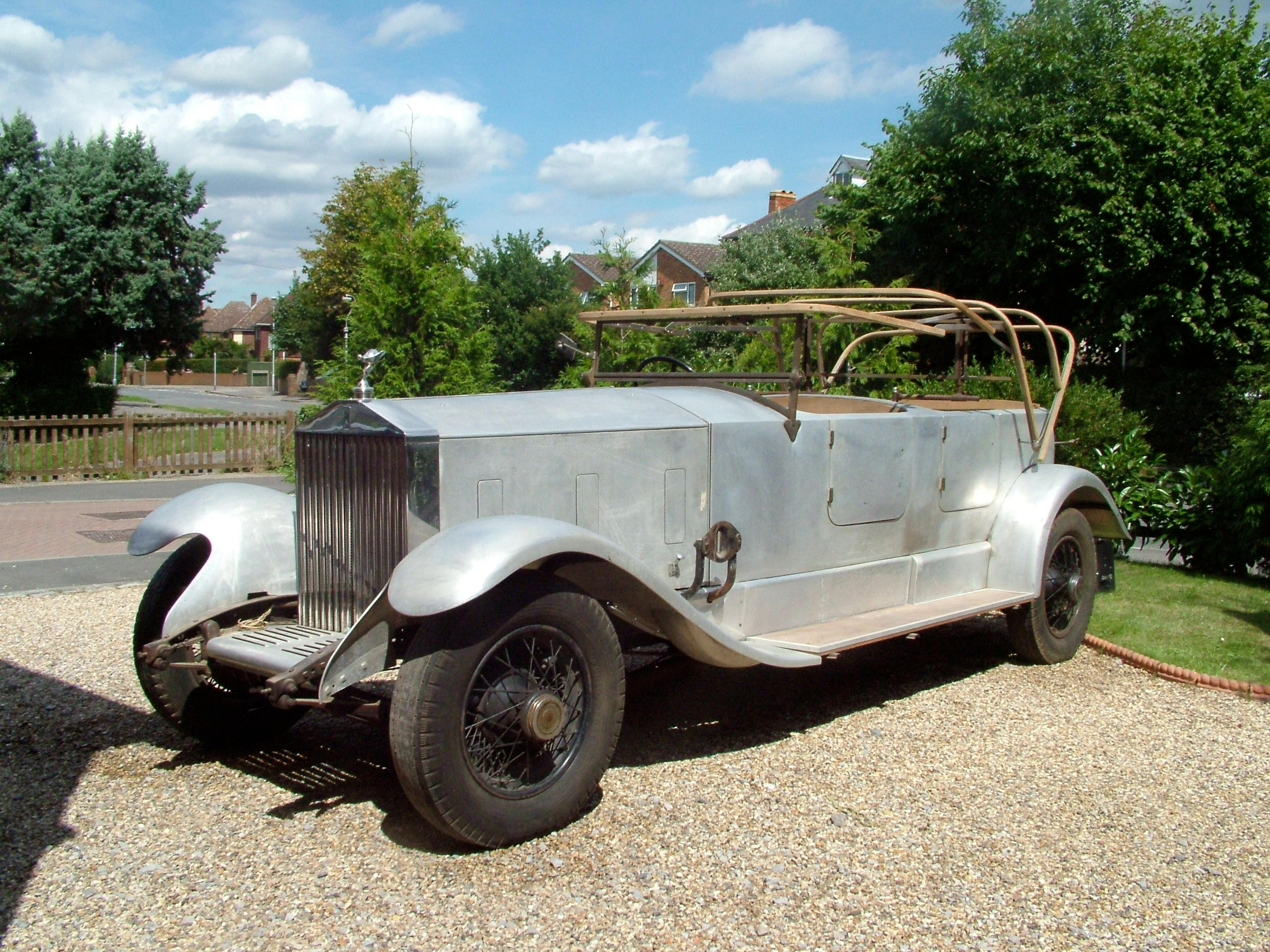

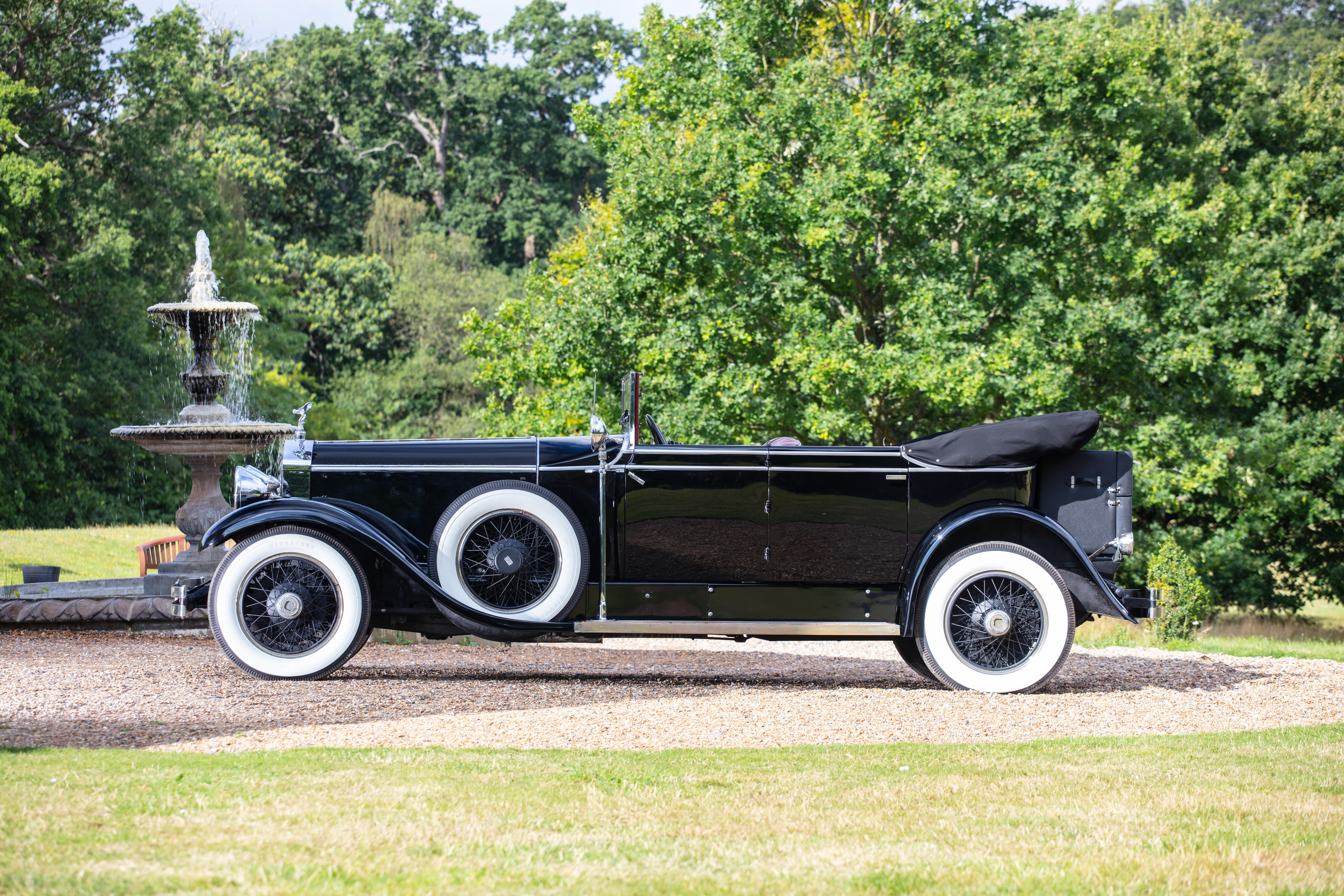
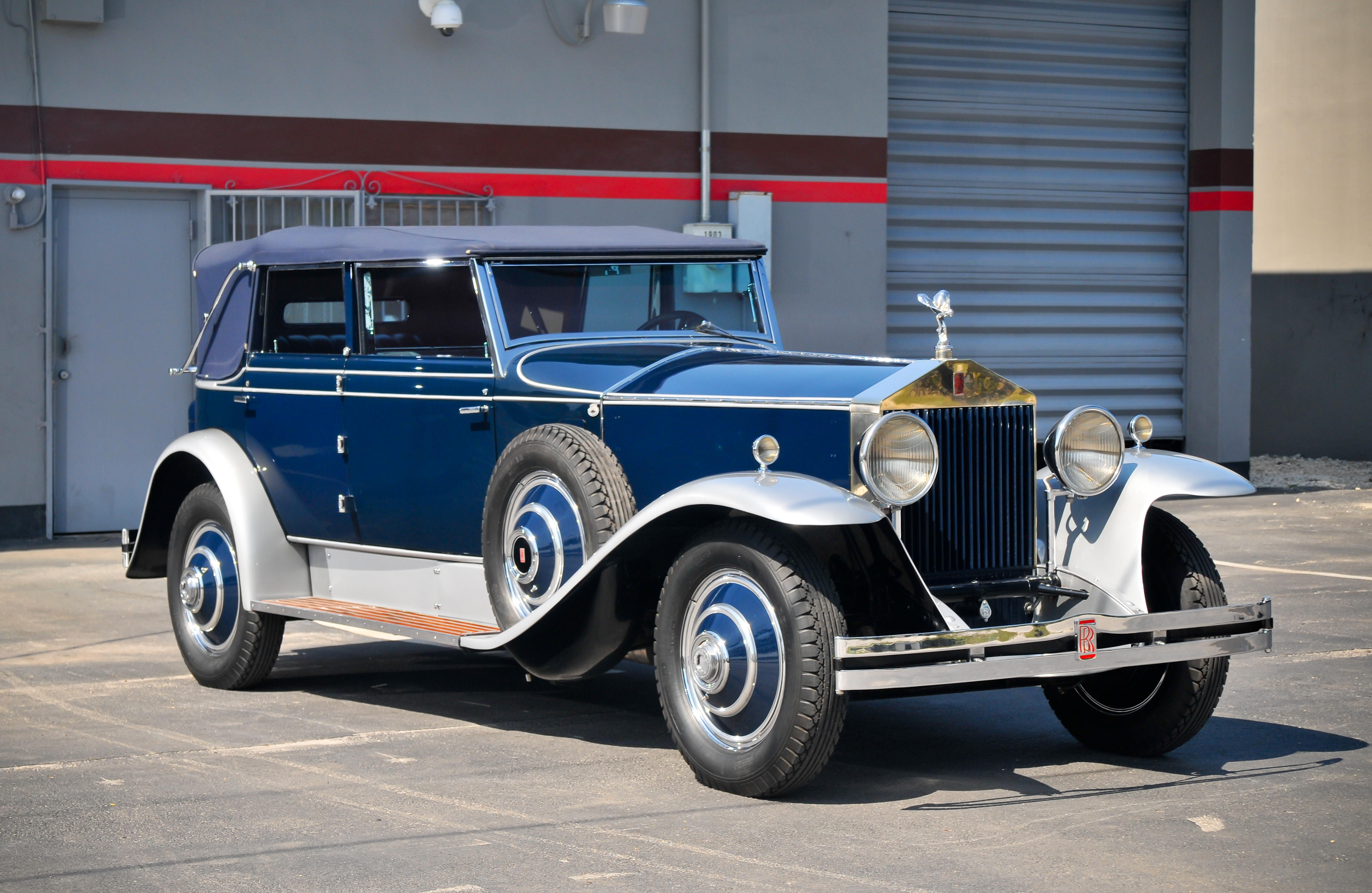
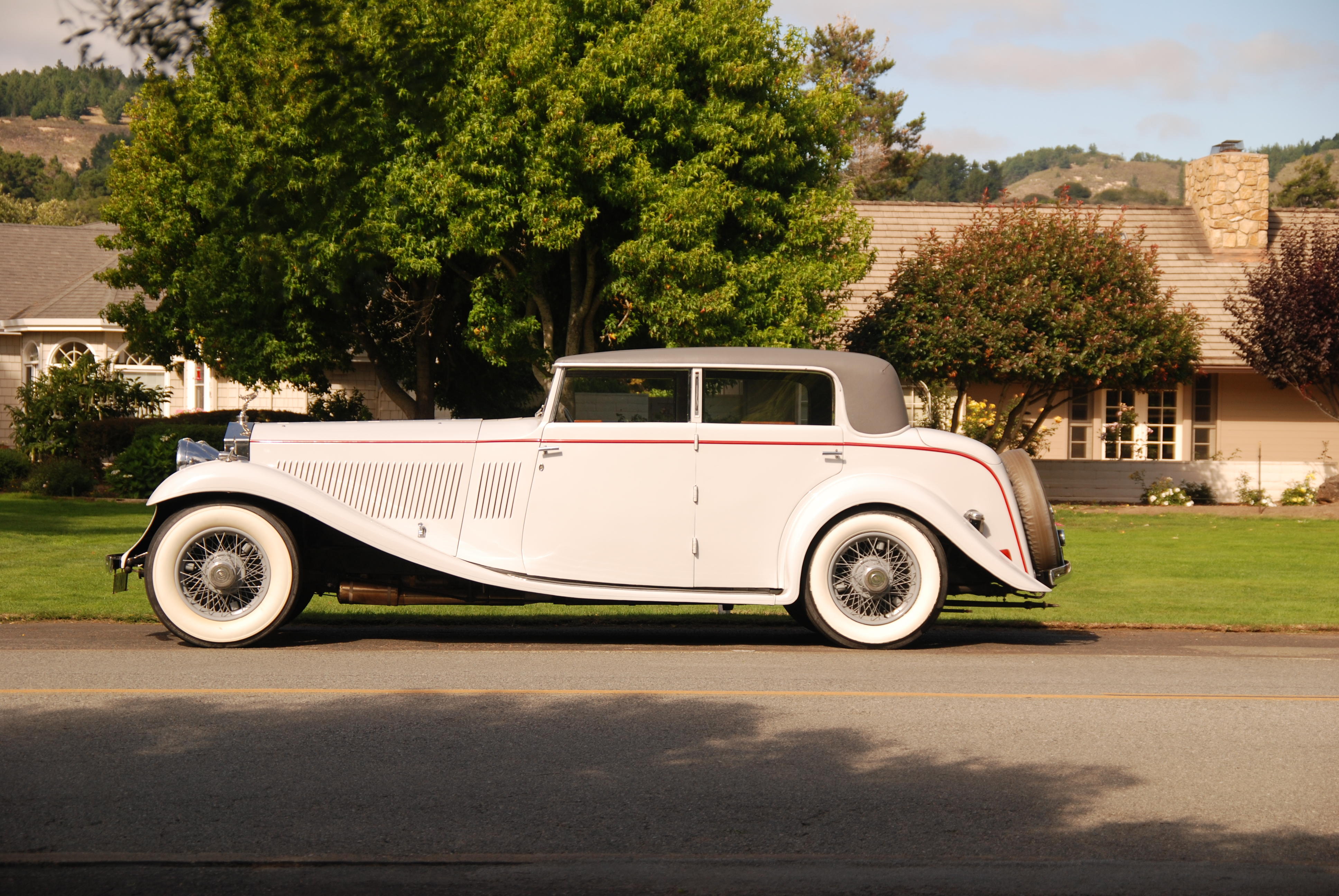

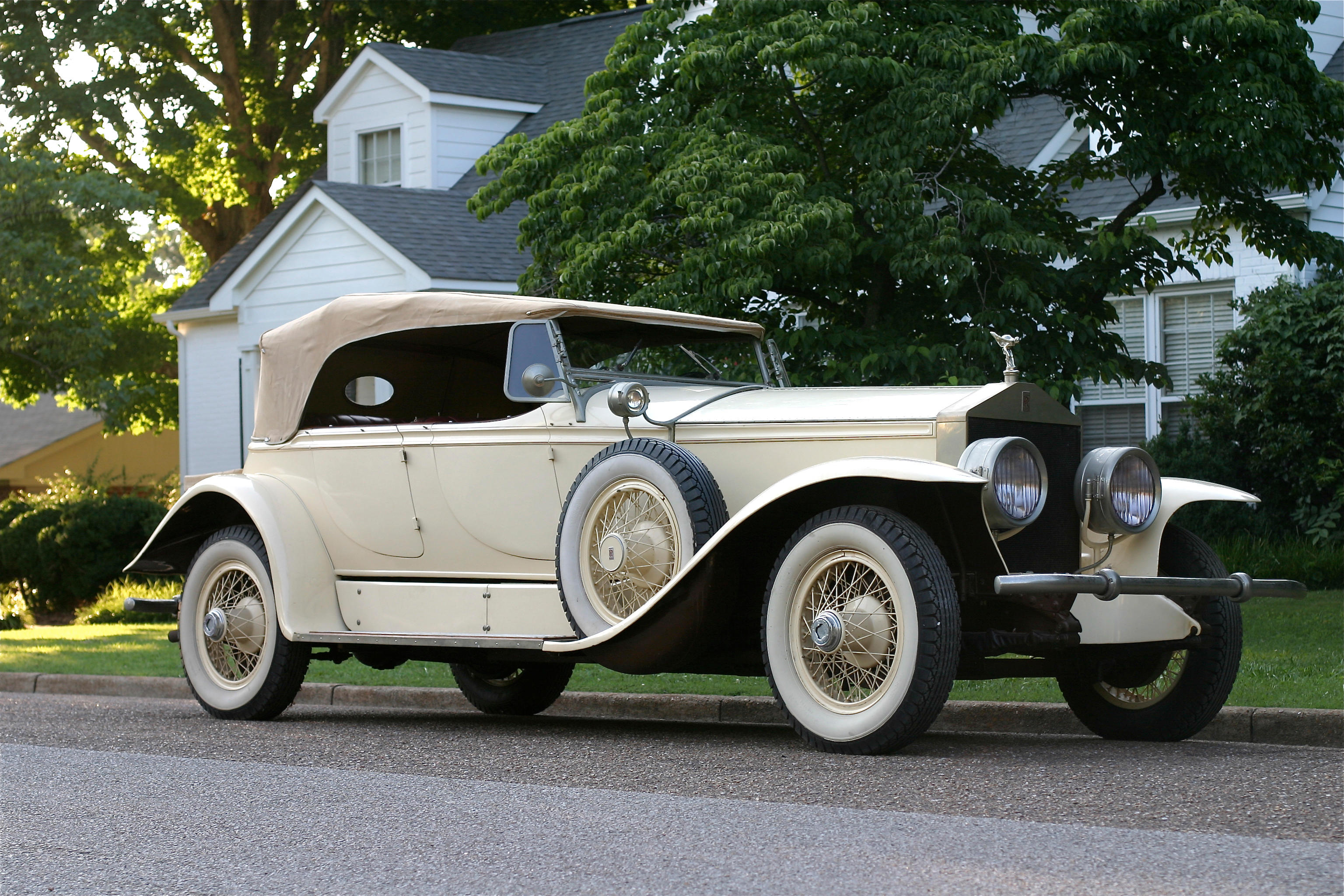
Try LotSearch and its premium features for 7 days - without any costs!
Be notified automatically about new items in upcoming auctions.
Create an alert